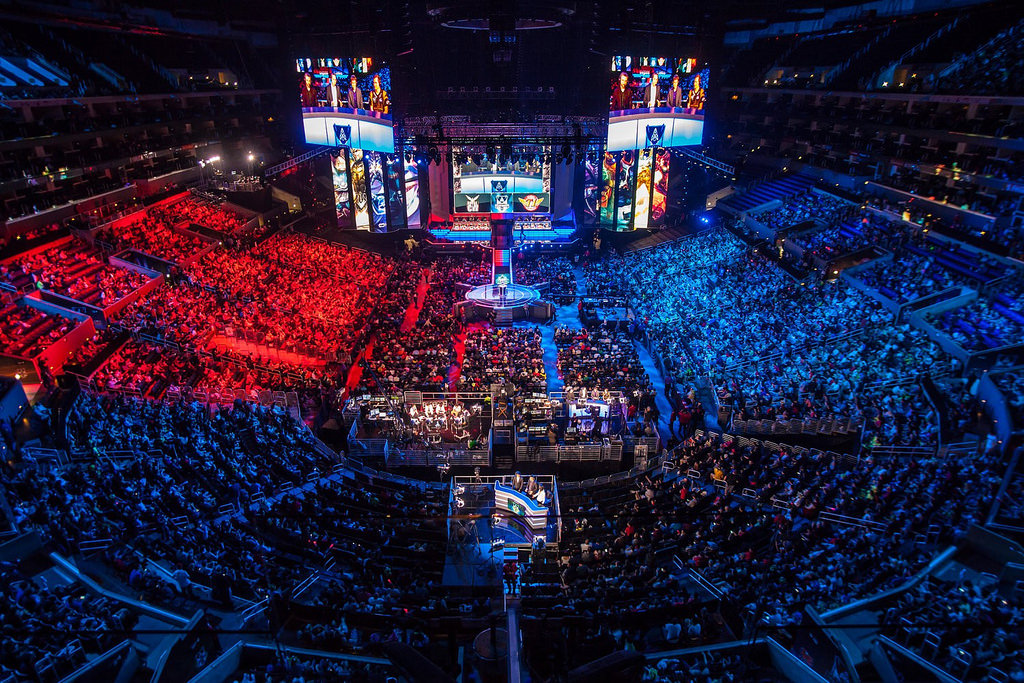The Evolution of Football Tactics: From Kick and Rush to Tiki-Taka and Beyond

Football, or soccer as it’s called in some parts of the world, is much more than just a game. It’s a dynamic sport shaped not only by the physical capabilities of players but also by the ever-evolving strategies employed on the pitch. Over the decades, football tactics have transformed radically, influenced by cultural, technological, and philosophical shifts. Understanding this evolution offers insight into how the beautiful game has matured into a complex strategic sport watched and loved by billions.
In this comprehensive article, we will trace the historical development of football tactics from its early days to the modern era, exploring iconic systems like “Catenaccio”, “Total Football”, “Tiki-Taka”, and the high-pressing trends seen in today’s elite teams.
1. Early Years: Kick and Rush (Pre-1930s)
Football in its earliest form lacked the strategic depth seen today. Most teams played with a simple philosophy: get the ball forward as quickly as possible and hope to outscore the opponent. This approach, often called “Kick and Rush”, relied on physicality, direct passes, and long balls.
Formations were heavily tilted toward attack. One of the earliest was the 2-3-5, also known as the “Pyramid”. It featured two defenders, three midfielders, and five forwards. This system reflected the era’s emphasis on scoring over defending.
2. The WM Formation and Defensive Awakening (1930s–1950s)
As football matured, teams began to realize the importance of organization and defense. The 1930s saw the emergence of the “WM” formation (3-2-2-3), popularized by Arsenal manager Herbert Chapman. This system brought more balance by deploying three dedicated defenders and a midfield that could support both defense and attack.
The WM formation also laid the groundwork for modern tactical roles—center-backs, wing-halves, and inside forwards began to specialize in more defined responsibilities. The emphasis shifted slightly from all-out attack to a more calculated, structured game.
3. Catenaccio: The Art of Defense (1950s–1970s)
In the post-war era, Italian football pioneered a deeply defensive approach known as “Catenaccio”, meaning “door-bolt”. The system was built around strong defensive discipline, man-marking, and quick counter-attacks. The key innovation was the introduction of the “libero” or “sweeper” – a free defender who operated behind the back line to cover any breaches.
Inter Milan, under manager Helenio Herrera, became the most successful proponents of Catenaccio, winning multiple Serie A titles and European Cups in the 1960s. Though often criticized as negative, Catenaccio demonstrated that intelligent defending could be just as valuable as scoring.
4. Total Football: A Tactical Revolution (1970s)
If Catenaccio represented defensive mastery, “Total Football” was its artistic opposite. Developed by Dutch coach Rinus Michels and brought to life by Ajax and the Netherlands national team, Total Football emphasized fluidity, positional interchange, and collective intelligence.
Players in a Total Football system were expected to be technically gifted, tactically aware, and capable of playing multiple positions. Johan Cruyff, one of football’s greatest thinkers and players, became the face of this philosophy. The hallmark of Total Football was adaptability—if a player moved out of position, another seamlessly filled the void.
This style dazzled the world in the 1974 World Cup, even though the Netherlands finished as runners-up. It laid the conceptual foundation for many modern tactical ideas and emphasized team cohesion over individual brilliance.
5. The Rise of Pressing and Compactness (1980s–1990s)
The 1980s and 1990s saw football tactics become more athletic and analytical. Pressing—forcing opponents into mistakes by applying intense pressure high up the pitch—began gaining traction. Teams like Arrigo Sacchi’s AC Milan implemented high pressing and zonal marking, breaking away from traditional man-marking systems.
Sacchi’s 4-4-2 formation emphasized a compact team shape, offside traps, and aggressive transitions. His Milan side won back-to-back European Cups and changed perceptions about how organized systems could dominate games without relying on individual genius.
6. Tiki-Taka and Positional Play (2008–2015)
The late 2000s and early 2010s were dominated by “Tiki-Taka”, a possession-based style most famously executed by Pep Guardiola’s Barcelona and Vicente del Bosque’s Spain. Inspired by Total Football, Tiki-Taka focused on short, quick passes, maintaining ball control, and wearing down opponents through relentless movement and triangulation.
Barcelona, with players like Xavi, Iniesta, and Messi, became virtually unbeatable during this period, winning multiple La Liga titles and Champions Leagues. Spain, meanwhile, claimed back-to-back European Championships and the 2010 World Cup.
However, Tiki-Taka also faced criticism for being overly cautious and sterile. Teams began to counter it with physicality and fast counter-attacks, leading to a tactical shift in the mid-2010s.
7. Gegenpressing and Verticality (2015–Present)
Modern football has seen a rise in verticality and intensity. “Gegenpressing” (counter-pressing), made famous by Jürgen Klopp, became the new tactical obsession. Instead of retreating after losing the ball, teams aggressively press the opposition to regain possession immediately.
Gegenpressing is about speed, anticipation, and energy. Klopp’s Borussia Dortmund and later Liverpool teams used this tactic to great effect, winning domestic and European titles. It requires peak physical fitness and tactical discipline, often executed in formations like 4-3-3 or 4-2-3-1.
In parallel, Pep Guardiola’s “positional play” evolved to include greater verticality—faster transitions and more direct attacks, blending Tiki-Taka’s precision with modern urgency.
8. The Role of Data and Technology
Tactical innovation is now heavily influenced by data analytics, video analysis, and performance tracking technologies. Coaches use advanced metrics to analyze player movement, passing networks, and opposition weaknesses. Tactical plans are tailored using real-time information, making preparation more scientific than ever before.
Wearable GPS trackers, AI-based scouting platforms, and machine learning are all integrated into elite teams’ tactical planning. Managers like Thomas Tuchel and Julian Nagelsmann are known for utilizing these tools to gain competitive advantages.
9. Modern Formations and Trends
Today’s football tactics are more fluid than ever. Common modern formations include:
- 4-3-3: Offers width, balance, and flexibility. Favored by Klopp and Guardiola.
- 3-5-2 / 3-4-3: Popular for allowing wing-backs to stretch the pitch while maintaining a solid defensive block.
- 4-2-3-1: Provides defensive cover and attacking options, often used for pressing systems.
Managers now emphasize hybrid roles—full-backs who play as midfielders (e.g., João Cancelo under Guardiola), midfielders dropping between center-backs, and false nines disrupting defensive lines.
10. Women’s Football Tactical Growth
Women’s football has seen rapid tactical evolution. Earlier years focused more on athleticism, but now we see top-level coaching, structured pressing, and tactical depth. Teams like the U.S. Women’s National Team (USWNT), England, and Spain implement high-level strategies rivaling men’s teams.
The 2023 FIFA Women’s World Cup displayed brilliant tactical diversity—from Japan’s technical precision to Spain’s passing dominance. The future of tactics in women’s football is exciting, with increasing resources and expertise pouring into the sport.
11. The Psychological Side of Tactics
Tactics go beyond formations. The mental aspect—managing momentum, exploiting psychological pressure, and motivating players—is critical. Elite managers blend tactical discipline with psychological insight, adjusting plans on the fly and inspiring peak performance.
Sir Alex Ferguson was a master of this, often winning games with halftime team talks or bold substitutions. Similarly, Carlo Ancelotti is known for his calm demeanor and tactical flexibility, adapting to different players and situations seamlessly.
12. Future of Football Tactics
As the game continues to evolve, several trends are expected to shape football tactics:
- Artificial Intelligence and Real-Time Decision Making: Managers may soon get AI-driven tactical suggestions during games based on live data.
- Increased Tactical Flexibility: Players will be trained to play multiple roles, with formations changing dynamically mid-match.
- Global Tactical Fusion: Tactical ideas from different football cultures—South American flair, European structure, Asian discipline—will merge more than ever.
- Youth Development Focus: Academies will continue emphasizing tactical intelligence alongside technical skills, producing smarter players.
Conclusion
The evolution of football tactics is a story of innovation, adaptation, and imagination. From the chaotic thrill of Kick and Rush to the structured genius of Tiki-Taka and Gegenpressing, tactics reflect the game’s ongoing journey toward perfection.
In today’s era, where every inch of the pitch is analyzed and contested, understanding football tactics isn’t just for managers—it’s for fans, players, analysts, and anyone who loves the beautiful game. The next great tactical revolution is already brewing, and the only question is: who will lead it?
Whether you’re a coach on the sidelines or a supporter in the stands, tactical awareness adds a new dimension to football appreciation. And as the game keeps changing, one thing remains certain—football will always be a chess match played at 100 miles per hour.





